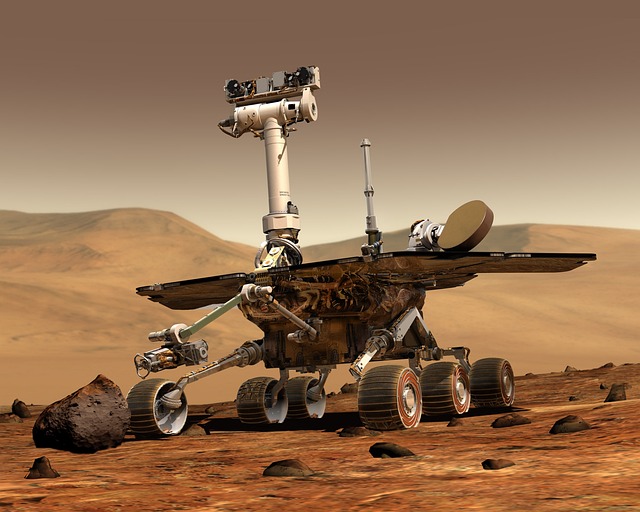Exploring Advanced Network Models in Learning: Robotics, AI, and Automation in Business
In an era where technology is rapidly transforming our daily lives, the convergence of robotics, artificial intelligence (AI), and automation is reshaping the business landscape. At the heart of these innovations are sophisticated network models that serve as the backbone of learning and decision-making processes. Understanding these models not only enhances our grasp of technological advances but also empowers us to leverage them effectively in our personal and professional lives.
The Role of Robotics in Business
Robotics has stepped beyond the boundaries of industrial applications and is now an integral part of everyday business operations. Advanced network models enable robots to learn from their environments, adapt to new tasks, and collaborate with human workers seamlessly. For instance, manufacturing plants that utilize robots equipped with AI-driven network models can optimize production lines, reduce waste, and enhance overall efficiency.
Imagine a scenario where a robotic arm not only performs repetitive tasks but also learns from real-time data to adjust its actions for superior performance. This ability to adapt and learn through network models allows businesses to innovate continually and respond to market demands more swiftly.
The Impact of AI on Decision-Making
Artificial intelligence stands at the forefront of modern business strategy, enabling organizations to harness vast amounts of data for predictive analytics and decision-making. Network models underpin many AI systems, allowing them to process information, identify patterns, and provide insights that were previously unimaginable.
For example, businesses can employ AI algorithms supported by network models to analyze customer behaviors, forecast trends, and personalize services. This not only provides a competitive edge but also fosters a more meaningful connection between businesses and their clients. The result? Enhanced customer satisfaction and loyalty, stemming from a deeper understanding of their needs.
Automation: Redefining Efficiency
Automation is revolutionizing how businesses operate by streamlining processes and minimizing human error. Advanced network models enable automated systems to not just execute tasks, but also to learn and improve over time. This is particularly beneficial in data-heavy environments where precision and speed are paramount.
Through the integration of robotics and AI, automation brings forth a new wave of efficiency. Tasks that once took hours can now be completed in minutes, allowing employees to focus on creative and strategic endeavors. The synergy between automation and network models creates a robust framework that supports ongoing innovation and agility within organizations.
The Human Element in Tech-Driven Environments
Despite the sophisticated capabilities of robotics and AI, the human element remains crucial in tech-driven environments. It’s vital to understand that network models serve as tools to enhance our capabilities rather than replace them. As we adopt these technologies, it is essential to cultivate a culture of continuous learning and adaptation among employees.
Organizations that embrace these technological advancements while nurturing their workforce will thrive in the ever-evolving business landscape. The combination of human creativity and advanced network models can lead to unprecedented innovations and a brighter future for industry and society as a whole.
As we explore the potential of robotics, AI, and automation, we must remain mindful of our role in this journey. By integrating network models into our learning frameworks, we can harness the power of technology to create a more efficient, responsive, and humane business environment.




